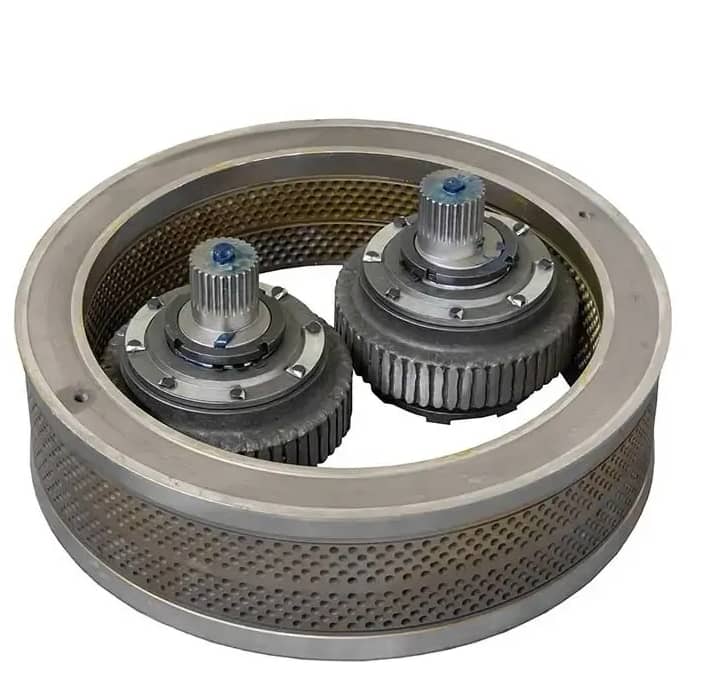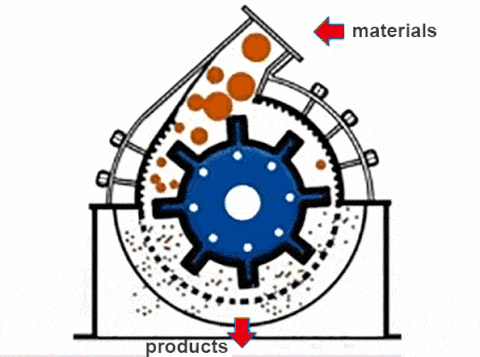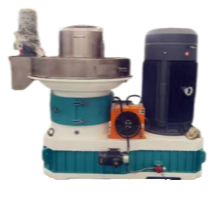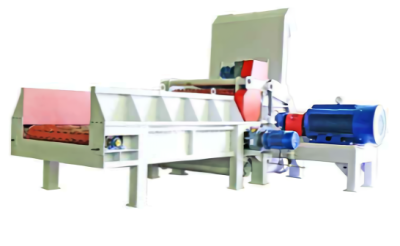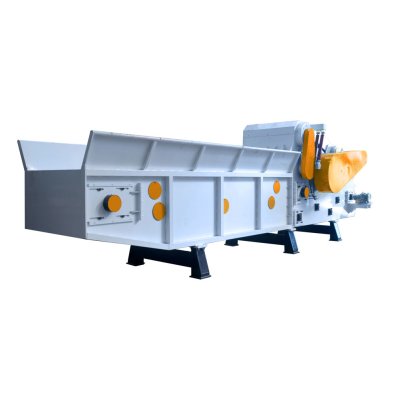How to Prevent Ring Die Hole Blockage in Wood Pellet Machines
How to Prevent Ring Die Hole Blockage in Wood Pellet Machines
Blockage in the ring die holes of pellet machines is a common issue that can lead to costly downtime, machine disassembly, and reduced production efficiency. Below is a comprehensive guide on how to prevent this problem and ensure smooth operation.
1. Polish New & Used Ring Dies to Minimize Resistance
Root Causes:
New Dies: Tiny scratches from the drilling process create friction, which can lead to blockages if the roller pressure isn't sufficient to overcome it.
Old Dies: Corrosion or residual material buildup increases resistance over time, further contributing to blockages.
Polishing Process:
Ingredients: Loose biomass (e.g., wheat bran), 10–15% vegetable oil, and 1–2% fine sand.
Function: This mixture helps smooth the hole surfaces, removing scratches and corrosion to reduce friction, ensuring smoother extrusion.
Expert Tip: Use polishing materials sparingly. Over-polishing can cause premature wear on the die and rollers, reducing their lifespan and leading to misaligned compression ratios, which may result in both blockage and poor pellet quality.
2. Control Raw Material Granularity & Prevent Contamination
Granularity Guidelines:
The raw material particle size should be smaller than the die hole diameter. For example, use a 5mm hammer mill screen when using a 6mm aperture ring die. If particles are too large, they will block the holes.
Contamination Control:
Filter raw materials to remove hard impurities (stones, metal shavings). These can physically block the die holes or cause significant damage to the pellet machine’s components, such as the gearbox or motor.
3. Optimize Raw Material Moisture Content
Ideal Moisture Range:
The moisture content should be kept below 15% for optimal pellet formation.
Why Moisture Matters:
Excess moisture (above 20%) causes the material to become sticky, forming a plug in the die holes, which leads to blockages during extrusion.
4. Regulate Feeding Speed to Match Machine Capacity
Feeding Speed:
Overfeeding can disrupt the machine’s temperature balance and hinder moisture release, increasing the risk of blockages. When feeding is too fast, the machine may not reach the necessary 80°C threshold for lignin to act as a binder, resulting in raw material accumulation in the die holes.
Feeding Guidelines:
Maintain a "semi-full" state in the granulation chamber to ensure continuous compression without overfilling. Overfilling can trap moisture inside the chamber, raising the moisture content of incoming material and further increasing blockage risk.
5. Post-Operation Maintenance: Lubricate Die Holes
Lubrication Process:
In the final 5–10 minutes of operation, add vegetable oil to the raw material mixture. This coats the die hole walls with a thin layer of oil, preventing residual material from hardening and blocking the holes.
Benefits:
The oily residue reduces friction during the next startup, ensuring smoother extrusion and minimizing the risk of dry blockages.
Conclusion
By following these five key steps, you can prevent ring die hole blockages, reduce machine downtime, and extend the lifespan of your ring die and pressure rollers. These measures will help maintain stable, efficient wood pellet production, ensuring higher productivity and reduced operational costs.
